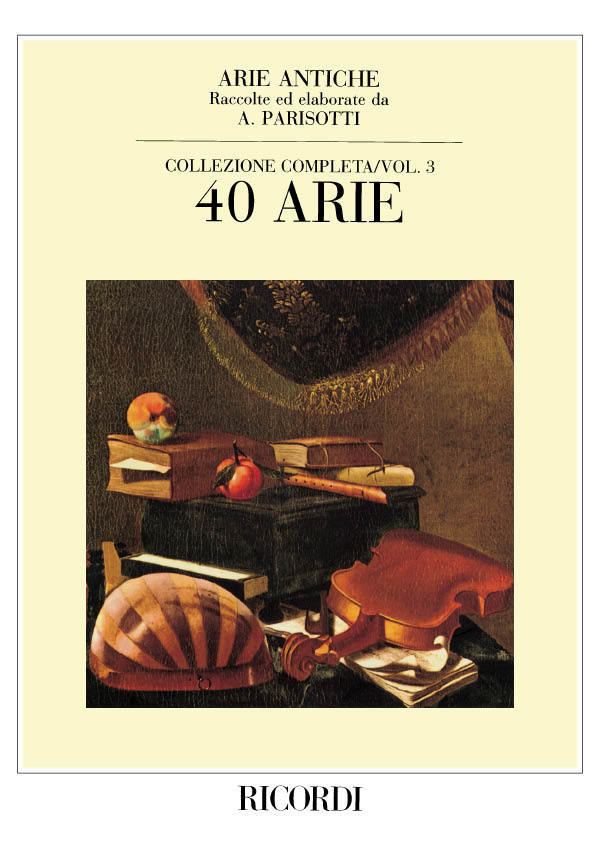Name Alessandro Parisotti | Role Composer | |
 | ||
Died April 4, 1913, Rome, Italy Albums 30 arie antiche raccolte ed elaborate collezione completa Vol. I Similar People Antonio Caldara, Giovanni Bononcini, Alessandro Scarlatti, Antonio Cesti, Giovanni Legrenzi | ||
Se tu m ami alessandro parisotti
Alessandro Parisotti (July 24, 1853 – April 4, 1913) was an Italian composer and music editor.
Contents
- Se tu m ami alessandro parisotti
- Se tu mami by Italian composer Alessandro Parisotti
- Life and career
- References
Se tu m'ami by Italian composer, Alessandro Parisotti
Life and career
Though also a composer, Alessandro Parisotti is better known today as the original editor of a collection of songs known as Arie antiche (Arie antiche: ad una voce per canto e pianoforte, Milan, 1885–1888). The original collection comprises three volumes of songs or arias published as a primer to study classical singing, but the three volumes have since been reduced to single-volumed extracts known as the 24 Italian Songs and Arias.
Parisotti collected these antique arias (arie antiche is the Italian) in what was the 19th century vogue for discovering forgotten old or antique music from the classical and baroque eras. The most famous example of this practice of reclaiming forgotten music is Mendelssohn's revival of Bach's St. Matthew Passion in Leipzig (1829). The taste for rediscovered music was de rigueur among musicians and audiences of the nineteenth century, with composers lesser than Mendelssohn and Brahms participating as well. Parisotti found forgotten scores and arranged their arias (or duets) for solo singer and piano accompaniment. Parisotti romanticized the pieces by altering word placement, chordal structure and/or adding ornamentation to the vocal line.
Notable students include pianist and composer Lucia Contini Anselmi.
In his collection, Parisotti attributed the song "Se tu m'ami" to Giovanni Pergolesi, but owing to the fact that no early manuscripts of this song have been located, scholars now believe that Parisotti composed the piece himself. The text for the song was taken from a collection called "Di canzonette e di cantate librue due" by Paolo Rolli, published in London in 1727.
